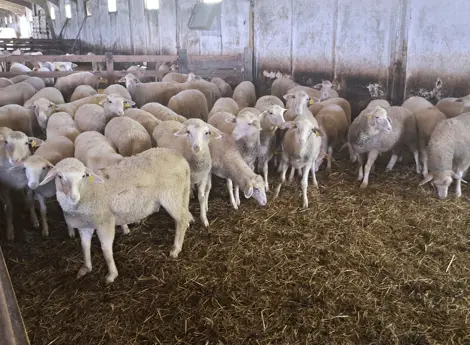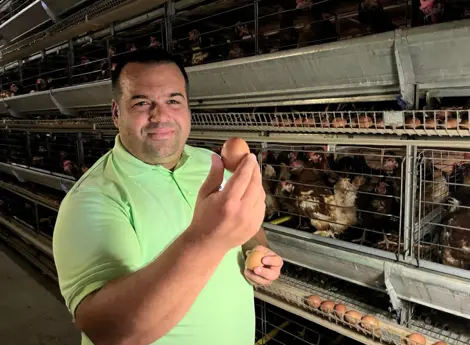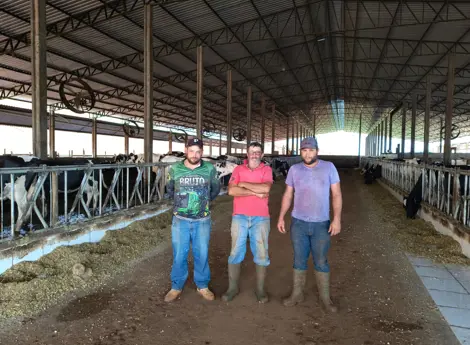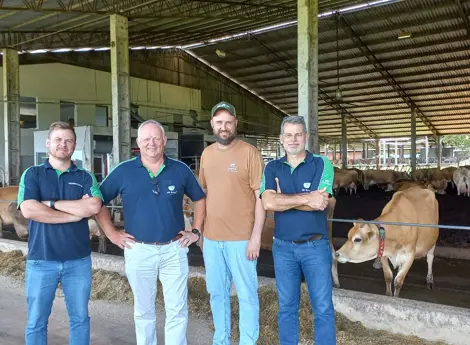“The extra knowledge shared by our milking robots helps us move forward.”
Located in Oldetrijn, a small village in the picturesque Dutch province of Friesland, is the Bergman family farm. A year ago, Jan Harm (21) joined his parents Harm and Anneke to help run the business. Together, the family owns about 125 dairy cows, with a total annual production of 1.35 million kilograms from three DeLaval milking robots. So, why did they switch to milking robots and how have they found the experience?
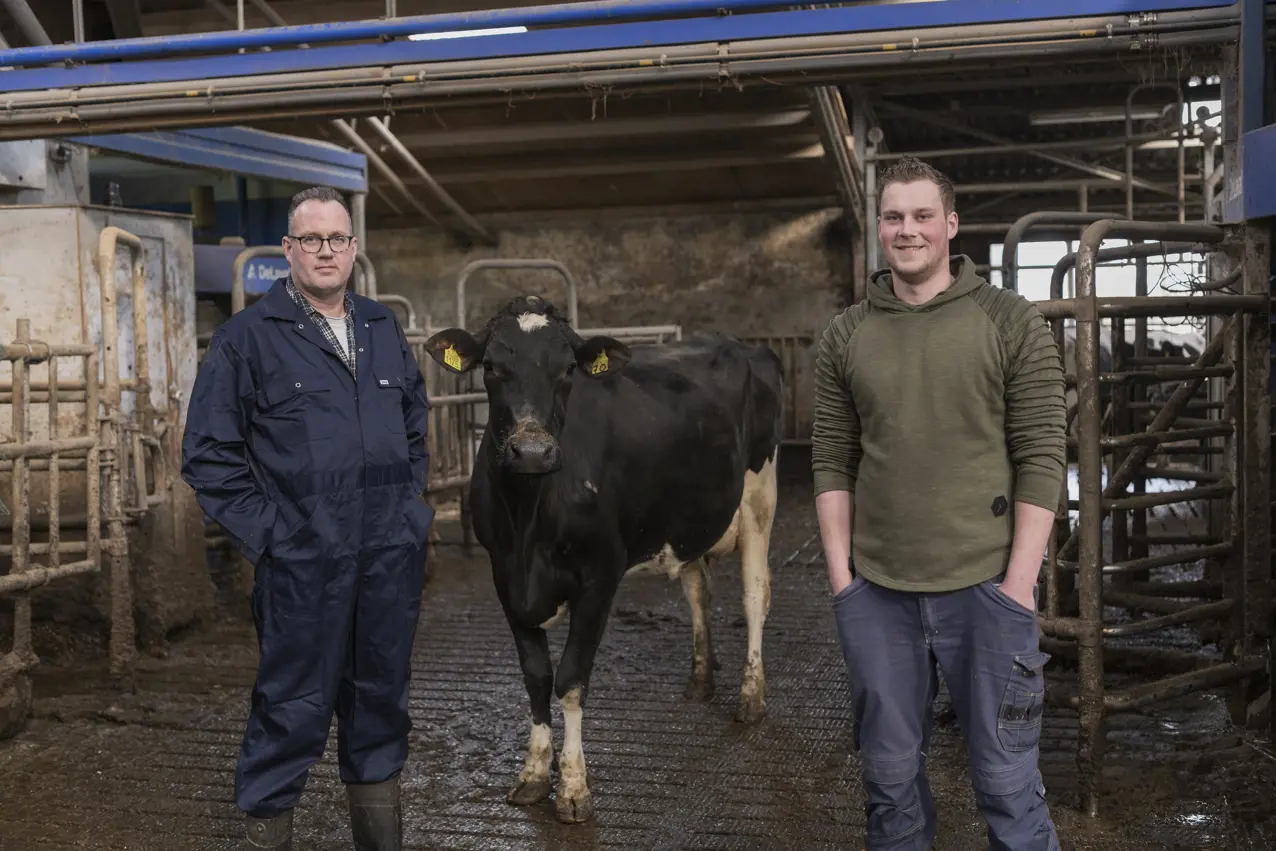
the Netherlands
Why did you start using milking robots?
Harm: “Our milking parlour needed replacing, mainly because it could no longer keep up with our growing production volumes. Limited space made it difficult to adapt the milking parlour and therefore expensive. We would also lose some of the service pen, and we didn't want to do that.
Then we thought about introducing milking robots. When we compared the potential investment with cost of the expansion, we found that, because of the competitive quote, it wasn’t much more expensive. "
Jan Harm: “I still had my doubts whether it would be an improvement for our farm, but that was also because I enjoy milking. If I had to choose again, I’d certainly choose robots."
You started with two robots and then added a third. Why?
Jan-Harm: “When we started with two milking robots, we already had our milk tanks and cow identification system from the same supplier. Things were fine at first, but the robots were always running close to full capacity. With only 4% free time on the robots, we were well below the norm of 10-15%."
Harm: “When we dried off groups of cows, we found the robots immediately began operating better. We had a lot of cows that were difficult to milk and needed too much time on the robot. That was one of the reasons we invested in a third back in 2018, and I'm glad we did because it frees up more time (23%, ed.). The average number of milkings rose from 2.6 to 3.4. As a result, milk production immediately increased by between 1.5 and 2.5 litres in a matter of months. We’re now averaging 34 litres, with 9.9 litres per milking."
Take a tour on the Bergman' farm
'We see all the cows twice a day, we feel that's important.'
An extra robot is an investment, but it was a good move for you?
Harm: “Definitely! We’ve easily recouped the investment through higher production, and it also makes our work far more enjoyable. It no longer matters if one of the robots malfunctions during the night; we just turn it off and arrange for an engineer to come the next day."
What did you find most difficult when you switched to robots?
Harm: “It took some getting used to for us personally, but the cows immediately knew where the robots were, so we had no problems in that respect. That said, we had quite a lot of cows with crossed teats or short teats, or cows that took a long time to milk. So, we sold all those cows beforehand, and then a few more. Making different breeding choices, that's important – we still have difficulty milking a few of our cows, but much less than before."
Do you have any tips for colleagues about the rhythm in the barn?
Jan-Harm: “We have a fixed routine for the cows. Twice a day, if necessary, we bring any cows to the robot that haven’t been there long enough. That's a good moment to clean the boxes, add straw and check their health. We also feed them once a day and we fill the hopper three times daily. It creates a calm environment, which we find suits the cows best."
Harm: “If we’re away for a day, the cows are happy. Peace in the barn does them good. Sunday is a very good day!"
Finally, you've been a customer of De Heus for a long time. How does that benefit you as a robot farm?
Harm: “When Hendri, our De Heus specialist, started here all those years ago, I told him that, if there was ever anything he didn't know, I expected him to call in someone who did. That's what happens, and it’s what makes working with De Heus so enjoyable. Hendri is very experienced and is my regular advisor, but twice a year, he brings in robot specialist Rob van Echtelt to check my cows and to see how the robots are operating.”
Jan-Harm: “When you switch to using milking robots, you suddenly receive a flood of data, so it's helpful when the robot specialist checks everything and makes the information easier to visualise. You can then make new connections; this extra knowledge helps us move forward.









